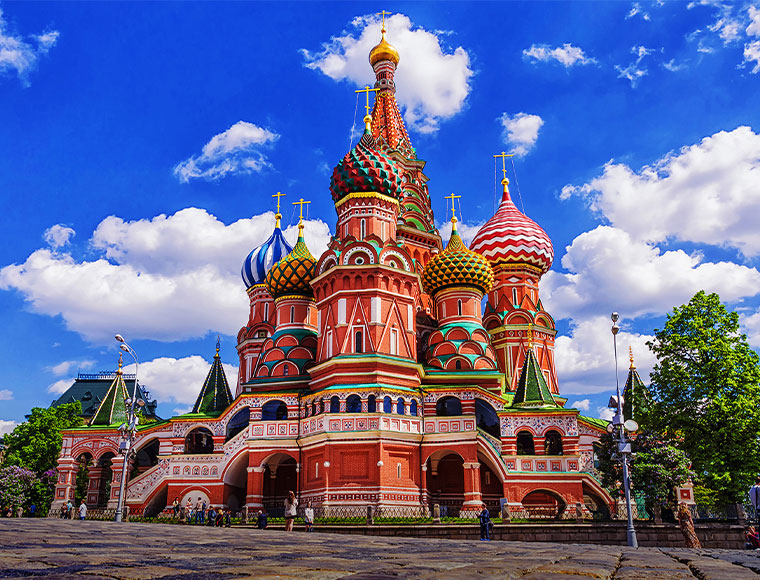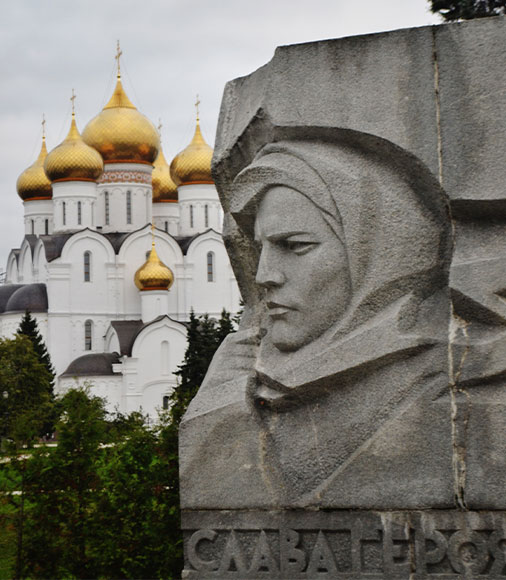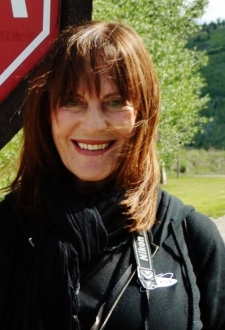“Rivers know this: There is no hurry. We shall get there someday.”
–A.A. Milne, author of “Winnie the Pooh”
My sentiments exactly. As a veteran of many cruises, I am confident of one thing: A great cruise is found in the details. Prior to Viking, river cruising was little known to travelers. It conjured up images of a steamboat on the Mississippi or helping to paddle a canal barge through England or France. Now, all that’s changed. Welcome to the world of Viking River Cruises.
I recently took the “Waterways of the Czars” excursion from St. Petersburg, Russia to Moscow on Viking, the largest fleet of river vessels in the world. As a leader in the industry, it is singularly focused on providing guests with up-close experiences on the river with a dedication to green ships with fuel-efficient engines. Its visits to cultural and historic landmarks, its onboard demonstrations, lectures and language lessons and its expert local guides in each destination further place Viking in a class by itself.
Russia has a long and fascinating history with a diverse population of 143 million, spectacular natural beauty, great art and architecture and a superb culinary tradition. It’s the world’s largest country, with broad plains, tundra, vast coniferous forests and soaring mountains. Our cruise bookended by two storied cities — wandered through a kaleidoscope of small villages and towns to weave a tapestry at once intriguing and alluring.
City of ‘white nights’
Ah, St. Petersburg. Known as Peter the Great’s “Window to the West” and the city of “white nights” — so-called for their near — constant daylight in spring and summer — St. Petersburg has wide, gracious boulevards made for strolling, while its 200 miles of waterways (albeit manmade) inspire comparisons with Venice or Amsterdam. Designed on a grand scale “it is as though one walked through a city built for giants,” mused “Alice in Wonderland” author Lewis Carroll in his 1867 diary. Of course, the first stop on everyone’s sightseeing list — The State Hermitage Museum, known as the Hermitage. Catherine the Great’s passion for art and beauty transformed her Winter Palace into one of the world’s most splendid museums. Among the more than 1,000 rooms are 3 million exhibits and displays, a staggering collection ranging from ancient Egyptian to the early 20th century.
In the Italian galleries, I was particularly taken with a small work, Leonardo da Vinci’s “Madonna and Child.” Profound and noble, it depicts the Madonna tenderly gazing down at her son while in the background, a landscape of distant mountains and blue skies adds a tranquil tone. Moving into the 19th and 20th century galleries, I was drawn to Pablo Picasso’s “Three Women,” one of the artist’s most important Cubist works. He turned the traditional subject of the Three Graces into a refined study done in red and brown earth tones. Possibly my favorite object in the Hermitage was its golden Peacock Clock, which has enchanted admirers for more than two centuries. The timepiece includes figures made of gold — a peacock, a cockerel and an owl — fitted with mechanisms that set them in motion. I was captivated by its slow, precise movements as the peacock seemed to come alive. Oh, to have a year to spend in the Hermitage and maybe — just maybe — see the rest of its mind-blowing collection.
Tell me, who among us would visit St. Petersburg without attending a ballet? The Mariinsky Ballet, having produced acclaimed dancers since its inception in the 18th century, was just the ticket. We saw a performance of the 19th-century Romantic ballet “Giselle” and, the next day, traveled to Peterhof, the summer palace of the czars, 20 miles from the city’s center where we set eyes on a different kind of dance — dancing fountains and gold-plated sculptures. Finally, we said adieu to “The Venice of the North,” hoping to return someday and experience the many other treasures this scintillating city has to offer.
Moscow on my mind
“If I had to think where I could live if not Moscow, London would be my first choice and second would be New York,” the oligarch Roman Abramovich tells us. Of course! Expensive cities, all, but then for Abramovich — 10th richest man in Russia, 13th richest in the world — no problem. His sentiments, however, are spot-on because Moscow is a world-class city in every respect. I mean, just think: Red Square; the Bolshoi Theatre; the insanely quirky St. Basil’s Cathedral, with its glorious onion domes; dream like parks to wander through; romantic night lights that play on the Volga; and the Kremlin. How’s that for an exciting lineup? One of the highlights of my visit (no, really) was a spin on the Moscow Metro. It is justly renowned for its elegant, stunningly lit stations, not to mention sculpture, huge chandeliers and gilded details. MTA, I’ll never see you in quite the same light again.
Another over-the-top stop for me, intrepid shopper that I am, was the glorious GUM department store. Its ornate Neo-Russian façade takes up nearly the entire eastern side of Red Square and looks far more like a palace than a department store. A consumer mecca for visitors to Moscow, the top floor was, during the time of the Soviet Union, a secret clothing store for only the highest echelon of the party. Today, the exclusive boutiques are accessible to anyone with a platinum card. That said, the building itself is fabulous and, on the higher floors, there are still some interesting relics of days gone by that make it well worth exploring.
From medieval citadel to modern power center, Moscow’s Kremlin has played a dominant role in Russia for more than 800 years. Majestic and picturesque, it’s the chief architectural wonder of the city, with mighty walls, soaring towers and an eclectic mix of architecture that reflects all the paradoxical shifts of this fascinating country. Today, the Kremlin remains as alluring as ever, a mixture of lavishness and austere secrecy. Two-thirds of the citadel territory is closed to visitors but the remaining third contains enough treasures to occupy several days of sightseeing.
One of the oldest museums in Moscow and part of the Kremlin is the Armory, a staggering treasury replete with ancient Russian regalia, ceremonial czars’ dress, church hierarchs’ vestments, gold and silverware by Russian, European and Eastern masters, arms and armories and royal carriages. Objects such as rings, bracelets and pendants by Old Russian masters spoke to my love of antique jewelry. Turning a corner, I found precious textiles, ornamental embroidery, suits of armor and secular garments from the 16th to the early 20th century. Viewing some of Peter the Great’s sumptuous caftans set my head spinning. I collapsed on a nearby bench to settle myself and ponder the glorious riches that I’d just experienced. It was at that moment that it dawned on me: I’m in the Armory Museum … in the Kremlin … in Russia … and this is the end of a most wonderful week cruising Russia’s rivers and having encounters only possible on a slow, unhurried Viking meander to Moscow. I wouldn’t have it any other way.
Read the complete story in wagmag.com.
For more, visit vikingrivercruises.com.



